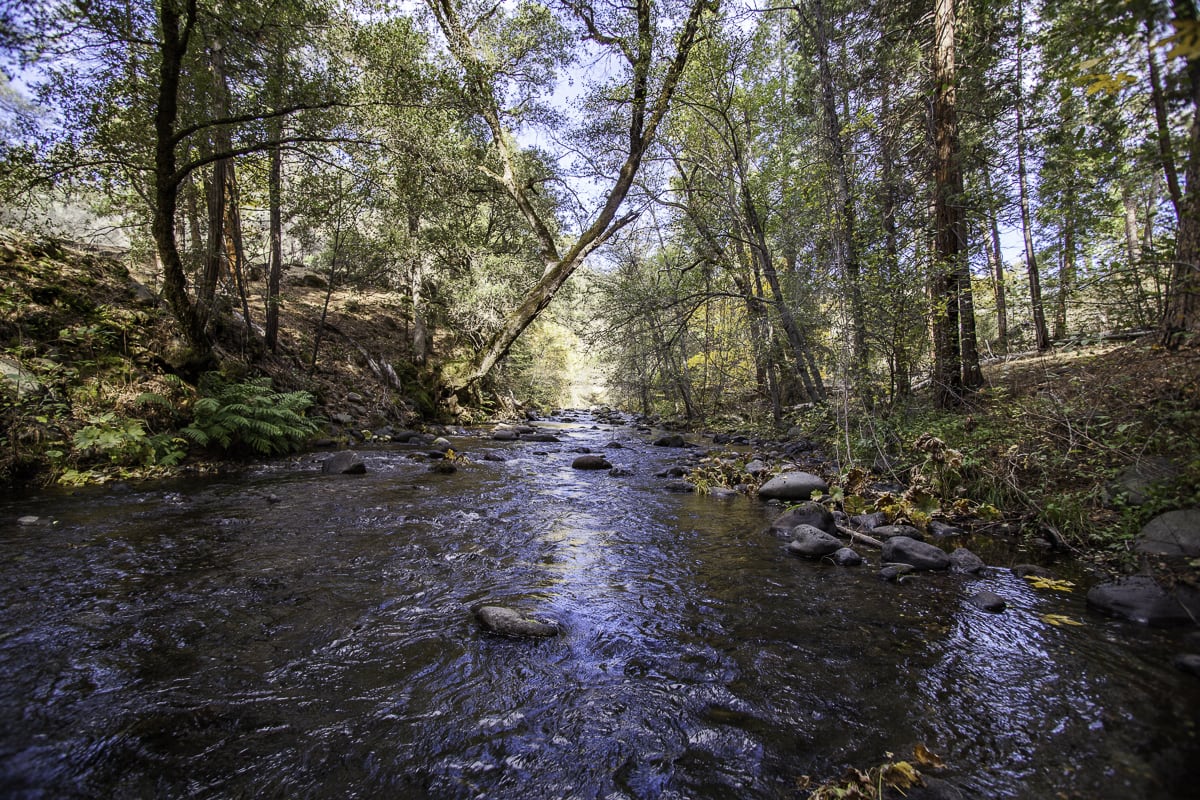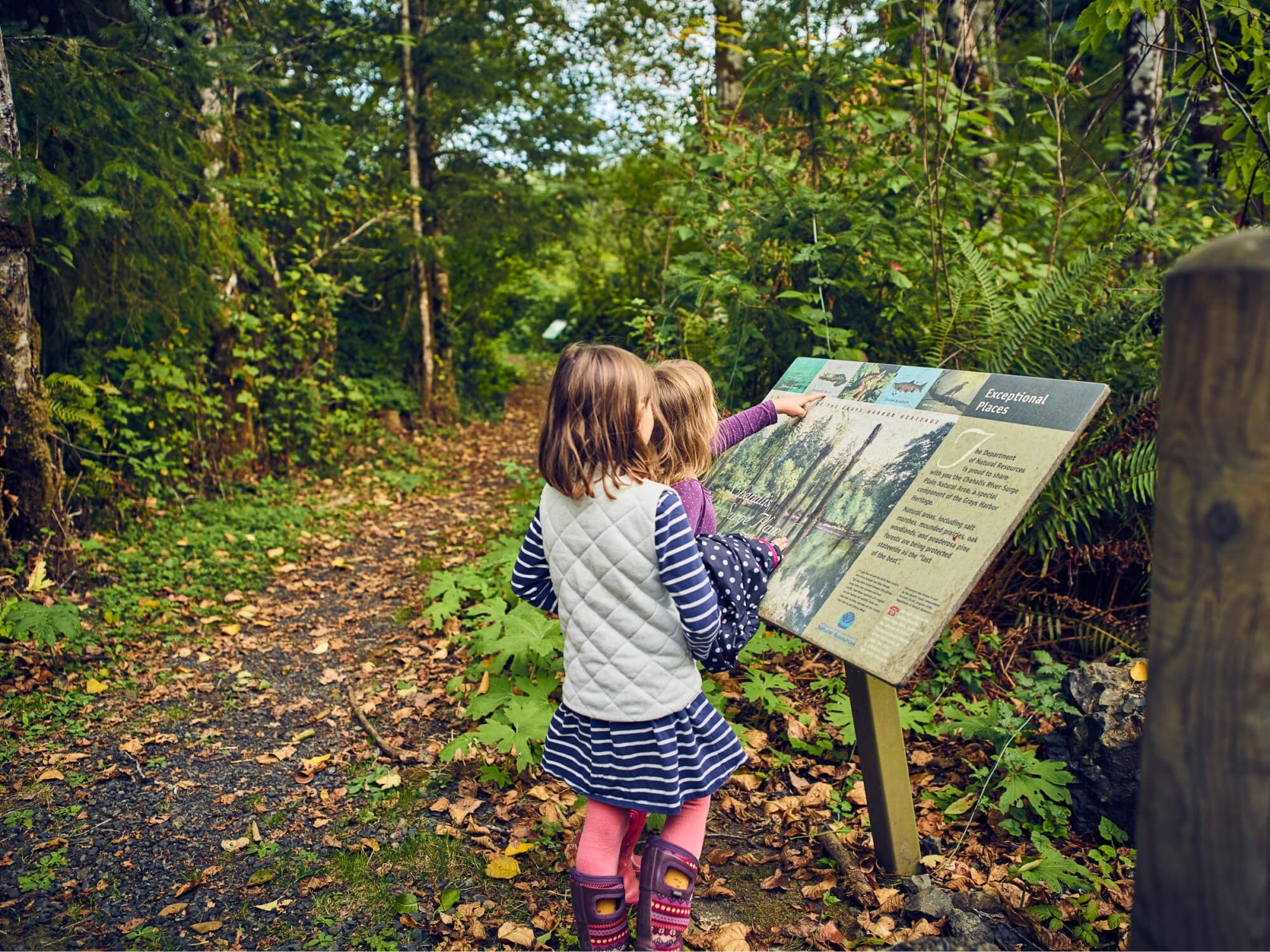RED BLUFF, CA—This week, on the flanks of Mount
Lassen, Western Rivers Conservancy and the Lassen National Forest (LNF) protected
a crucial 1,150-acre property, and a significant branch of South Fork Antelope
Creek, a rare stronghold for salmon and steelhead in the Sacramento River
system.
Although there were concerns that COVID-19 might delay the
project, the partners were able to complete it working remotely, adding to the
sense of accomplishment and relief for both sides.
The property includes 2.5 miles of South Fork Antelope Creek
and its critically important spawning and rearing habitat for spring Chinook,
fall Chinook, and winter steelhead. Both the spring Chinook and winter
steelhead are listed as Threatened under the Endangered Species Act.
“South Fork Antelope Creek is a top-tier nursery for wild salmon
and steelhead, and this effort will help keep it that way,” said Josh Kling, Conservation
Director for Western Rivers Conservancy. “Even amidst a global pandemic, we’ve
notched a crucial victory for Sacramento River salmon and steelhead, not to
mention the rich array of wildlife that rely on this area.”
South Fork Antelope Creek flows crystal clear from the
heights of Mount Lassen to Antelope Creek, which joins the Sacramento River
near Red Bluff. Antelope Creek is one of only six streams that compose the
Sacramento Salmon Stronghold, a suite of healthy tributary streams that contain
the best remaining spawning and rearing habitat for the Sacramento’s surviving
salmon and steelhead.
Located on the western side of the LNF, the newly conserved property
features old-growth ponderosa pine and incense cedar, which tower over South
Fork Antelope Creek within a deep, shaded canyon. Above the canyon bottom, live
oak savanna gives way to healthy grasslands that support important herds of migratory
Tehama black-tailed deer and other species.
“Conserving this property was a top priority, because it
contains some of the greatest biodiversity in the entire National Forest,” said
Deb Bumpus, Forest Supervisor, LNF. “Now this diverse terrain is
permanently protected and open for public recreational access as well as a critical
reach of South Fork Antelope Creek will continue to give new life to surviving
native fish runs.”
As a testament to the property’s superb habitat, OR-7,
California’s first documented wolf in decades, recently spent an entire winter
on the property. Combined with the Tehama Wildlife Area downstream, the
property provides a critical home for mountain lion, black bear, bald eagle,
golden eagle, prairie falcon, peregrine falcon, and western pond turtle.
In addition to its benefits for fish and wildlife, the project
presents the opportunity to extend a hiking trail from the Tehama Wildlife
Area, which would improve access for hikers, equestrians, and kayakers to
explore this rugged and scenic area.
This effort was made possible through the Land and Water
Conservation Fund, with funding set aside in 2013 to conserve important
landscapes within the LNF for fish and wildlife. Funded primarily by federal
revenues from offshore oil and gas development, the Land and Water Conservation
Fund (LWCF) was created by Congress in 1965 as a bipartisan commitment to
safeguard natural areas, water resources, and cultural sites, and to provide
recreation opportunities to all Americans.
###
ABOUT THE PROJECT PARTNERS
Western Rivers
Conservancy acquires lands along rivers throughout the West to conserve
critical habitat and to create or improve public access for compatible use and
enjoyment. By cooperating with local agencies and organizations and by applying
decades of land acquisition experience, Western Rivers Conservancy secures the
health of whole ecosystems. Western Rivers Conservancy has protected hundreds
of miles of stream frontage on great western rivers, including the Klamath,
Scott, Mojave, Rio Grande, Yampa, John Day, Gunnison, Salmon, Snake, North
Umpqua, and Madison rivers. To learn more, visit www.westernrivers.org
The
Lassen National Forest in Northern California is comprised of 1.2
million acres of rugged and beautiful landscapes surrounding Mt. Lassen, within
the counties of Lassen, Shasta, Tehama, Butte, Plumas, Siskiyou, and Modoc. The
Forest lies at the heart of one of the most fascinating areas of California,
called the Crossroads. Here the granite of the Sierra Nevada, the lava of the
Cascades and the Modoc Plateau, and the sagebrush of the Great Basin meet and
blend. Home to a rich diversity of plants and animals, the Lassen National Forest is a tremendous public
asset that provides a variety of outdoor recreation opportunities to visitors. www.fs.usda.gov/main/lassen

